Romania boasts a rich and dynamic artistic heritage, with the 19th century standing out as a pivotal period of transformation. This era, coupled with the 20th century, witnessed the profound shift from medieval artistic norms to the dawn of the modern age. Throughout these centuries, numerous Romanian artists and architects pursued their education at prestigious Western European universities, with Paris being a particularly favored destination
In this article, we will take a look at seven of the most influential Romanian artists:
Nicolae Grigorescu
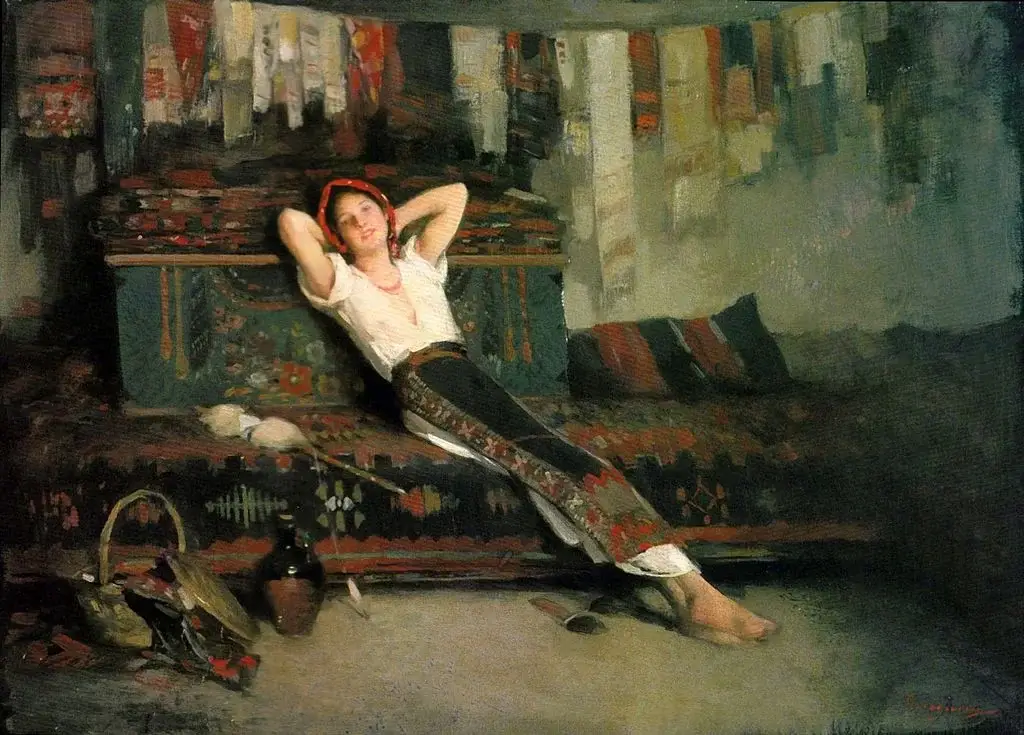
Nicolae Grigorescu, a pioneer of modern Romanian painting, left an indelible mark on his country’s artistic landscape. Born on May 15, 1838, in Pitaru, Romania, he honed his skills under Czech painter Anton Chladek and later pursued his education in Paris with the help of a scholarship.
Grigorescu’s work reflects the influences of both the Barbizon school and Impressionism, embracing en plein air painting. His artistic journey led him to create evocative landscapes, pastoral scenes, and insightful portraits, notably capturing the essence of Romanian rural life.
The contributions of Grigorescu extended beyond his canvases. He accompanied the Romanian Army during the War of Independence, sketching and documenting battles. His dedication to art earned him recognition, including honorary membership in the Romanian Academy.
Ion Andreescu
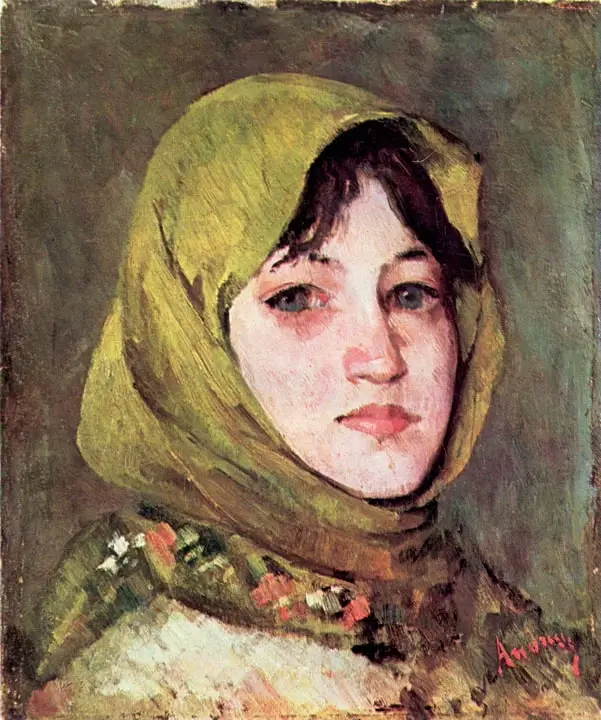
Ion Andreescu was a prominent Romanian painter, who left an enduring artistic legacy. Born on February 15, 1850, to Andrei Dobrescu and Anastasia Pencovico, the exact location of his birth remains unclear. He displayed artistic promise from a young age, winning first prize in an art contest during his studies at Bucharest’s Sfântul Sava High School.
After attending the “National School of Fine Arts” under Theodor Aman’s tutelage, Andreescu’s talents flourished. Influenced by Nicolae Grigorescu, he ventured to Paris, enrolling at the Académie Julian and showcasing his works at Salon (Paris). He honed his skills further in Barbizon, practicing plein-air painting alongside renowned artists like Claude Monet and Jean-François Millet.
Returning to Romania in 1881, he tragically succumbed to tuberculosis in 1882. Despite his untimely death, Andreescu’s contributions were recognized posthumously, as he was elected a member of the Romanian Academy in 1948. His artistic journey and impact are remembered, with his final resting place at Bucharest’s Bellu Cemetery.
Nina Arbore

Nina Arbore, or Tamara Nina Arbore, was a distinguished Romanian painter and illustrator, renowned for her evocative still-life compositions and captivating portraits. Growing up in a family of notable political activists, including her father Zamfir and elder sister Ecaterina, Arbore’s artistic journey commenced with lessons from Nicolae Vermont during her education in Bucharest.
In 1906, Nina Arbore continued her artistic pursuits at the Women’s Academy of the Munich Artists’ Association, under the guidance of Angelo Jank. A pivotal point in her career arrived when she worked at Henri Matisse’s studio in Paris. Her return to Bucharest marked the start of her exhibition ventures, showcasing her unique talent.
Arbore, alongside friends Cecilia Cuțescu-Storck and Olga Greceanu, formed the “Grup al celor trei doamne” (Group of Three Ladies), countering the “Grupul celor patru” (Group of Four).
Her masterful artwork earned accolades, including a prestigious first-class prize at the 1929 Barcelona International Exposition. Apart from her canvases, Arbore’s artistic touch embellished the Church of Saint Constantine and Elena in Constanța and the Church of Elijah the Tishbite in Sinaia.
Engaging as both a teacher and artist, Arbore significantly contributed to the “Academy of Decorative Arts” founded by M. H. Maxy. After the tragic execution of her sister in 1937, Arbore withdrew from public life. Her legacy endures, encompassing a prolific career marked by passion, creativity, and a distinct artistic voice.
Stefan Dimitrescu
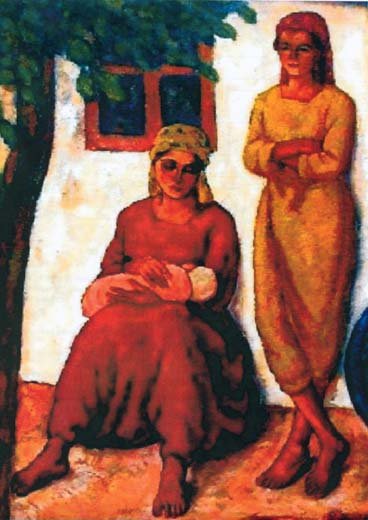
Stefan Dimitrescu was a Romanian artist who left an indelible mark on Romanian Post-Impressionist art. Born on January 18, 1886, in Huși to a modest family, he initially pursued his passion for music, studying cello at the Iași Conservatory. Yet, destiny led him towards painting, and he entered the National School of Fine Arts in Iași.
Dimitrescu honed his skills alongside fellow artist Nicolae Tonitza under the guidance of Gheorghe Popovici and Emanoil Bardasare. His journey took him to Paris in 1912, where he was drawn to Impressionism. World War I deeply impacted him, inspiring poignant artworks reflecting the war’s tragic effects.
He co-founded the Art of Romania association during the war, solidifying his commitment to art’s role in society. Later, alongside other prominent artists, he formed Grupul celor patru (“The Group of Four”). Dimitrescu’s teaching career at the Iași National School of Fine Arts further shaped his legacy. His paintings primarily captured the essence of Romanian life, especially that of peasants and miners.
Inspired by Byzantine art and Paul Cézanne, Dimitrescu’s works encapsulated Romanian traditions, often with stripped-down backgrounds in somber hues. This artistic journey concluded in Iași, where he rests in the Eternitatea Cemetery, leaving behind a rich artistic legacy reflecting the spirit of his homeland.
Stefan Luchian
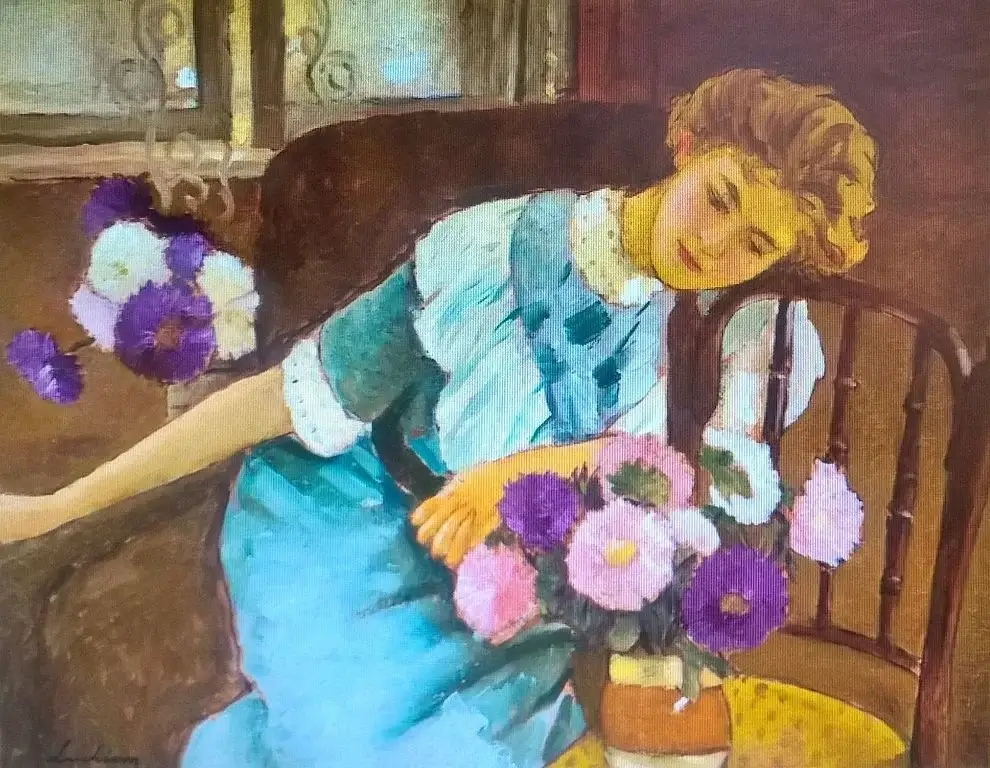
Ștefan Luchian was a prominent Romanian painter celebrated for his remarkable contributions to landscapes and still life art. Born in Ștefănești, Botoșani County, Luchian’s artistic journey diverged from his family’s military tradition.
Encouraged by Nicolae Grigorescu, he ventured into the world of art, enrolling at the Fine Arts School in Bucharest in 1885. His thirst for learning led him to the Munich Fine Arts Academy and later to the Académie Julian in Paris, where he encountered the influences of Impressionism and post-impressionism.
Luchian’s artistic evolution reflects a fusion of Symbolist elements, including Art Nouveau, Jugendstil, and Mir iskusstva. His creativity remained undaunted even after the onset of multiple sclerosis in 1900, which eventually left him paralyzed. Undeterred, he channeled his energy into an exquisite series of flower and landscape paintings, often using ingenious methods to continue creating art.
Despite grappling with illness and financial struggles, Luchian’s artistic impact grew, attracting attention from luminaries like writer Ion Luca Caragiale and politician Take Ionescu. His legacy lives on through the transcendent beauty of his works, echoing his indomitable spirit. Luchian’s passing in 1916 marked the end of a remarkable artistic journey, but his enduring influence continues to inspire artists and art enthusiasts alike.
Dimitrie Serafim
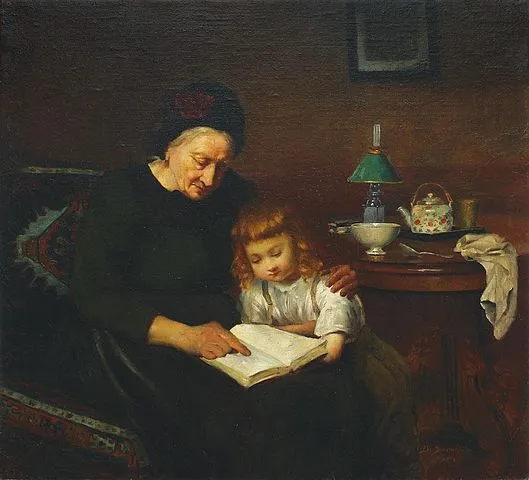
Dimitrie Serafim was a Romanian painter recognized for his contributions to both Academic and Impressionist styles. Born in Bucharest, his artistic journey was significantly influenced by his father, Anton Serafim, a church painter of Aromanian descent from Varna. Following studies under Theodor Aman and Gheorghe Tattarescu in Bucharest from 1882 to 1888, he pursued further education at the Académie Julian in Paris.
In Paris, Serafim’s artistic evolution took a notable turn. While initially drawn to Impressionism, he later embraced the Academic style. This transition led him to create grand canvases centered on mythological themes, often characterized as “L’art pompier.” His proficiency earned him a professorship at the “Academia de Arte Frumoase” in Bucharest after 1901, although his teaching impact wasn’t as pronounced.
Serafim’s works, marked by a touch of excessive pathos according to critics like Petru Comarnescu, remain scarce in museums. Nonetheless, his fusion of Academic and Impressionist techniques has left a distinctive mark on Romanian art, reminding us of his artistic versatility and influence on the country’s creative landscape.
George Demetrescu Mirea
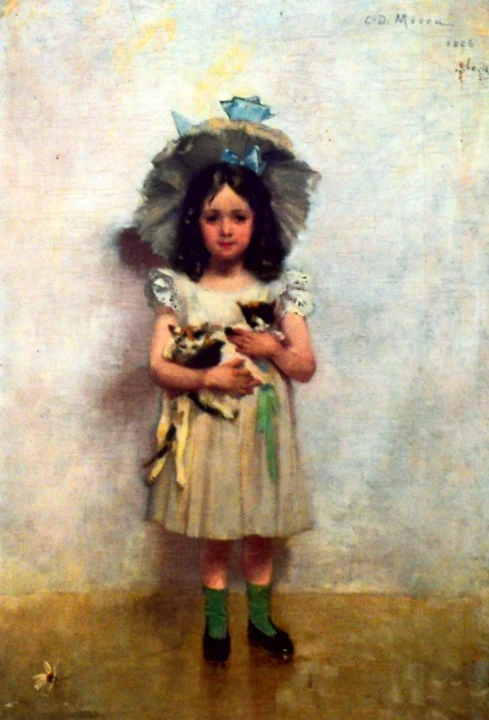
George Demetrescu Mirea was a prominent Romanian portrait painter, muralist, and dedicated art educator. Born into a large family of twelve children, he initially received artistic training at the “Școala Națională de Arte Frumoase” (now the Bucharest National University of Arts) under the guidance of Theodor Aman. His education also extended to basic medicine, studying alongside Dr. Carol Davila.
Mirea’s artistic journey took a unique turn when he participated in the Russo-Turkish War, creating military campaign scenes and related subjects for army headquarters. With the support of Ion Ghica and a recommendation from Nicolae Grigorescu, he secured a scholarship to study at the “École des Beaux-Arts” in Paris, studying under the tutelage of Carolus-Duran until 1884.
His artistic accomplishments included notable mural commissions. Collaborating with architect Ion Mincu, he adorned the Cathedral of Saints Peter and Paul in Constanța with murals, though these were sadly lost during World War II.
Also Read: Realism Artists: 10 Most Famous Realist Painters of All Time
